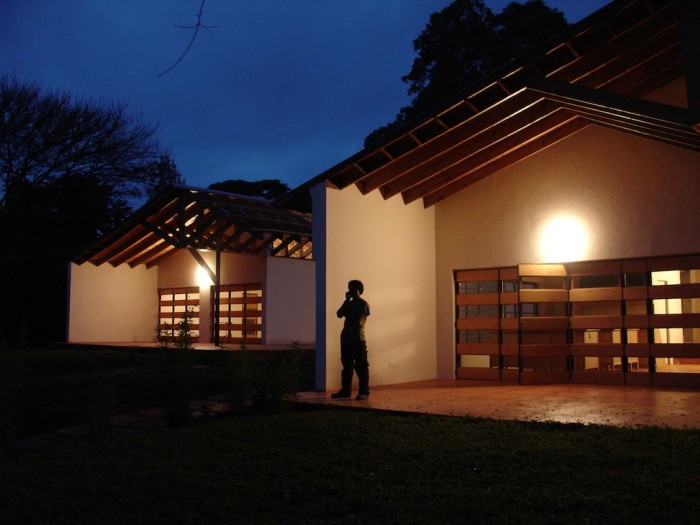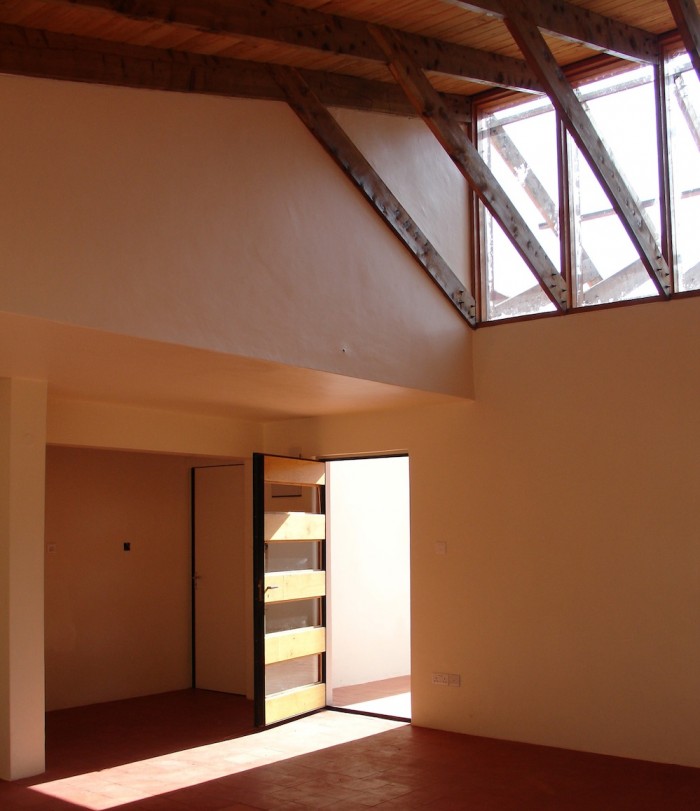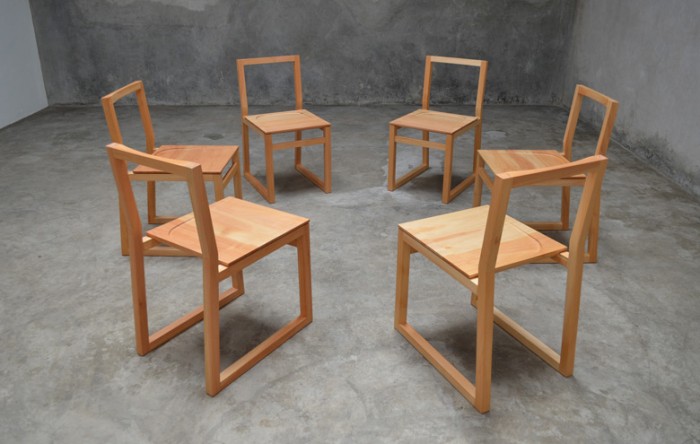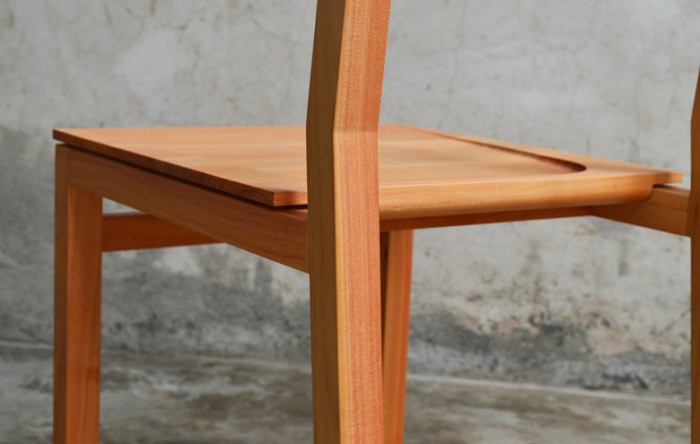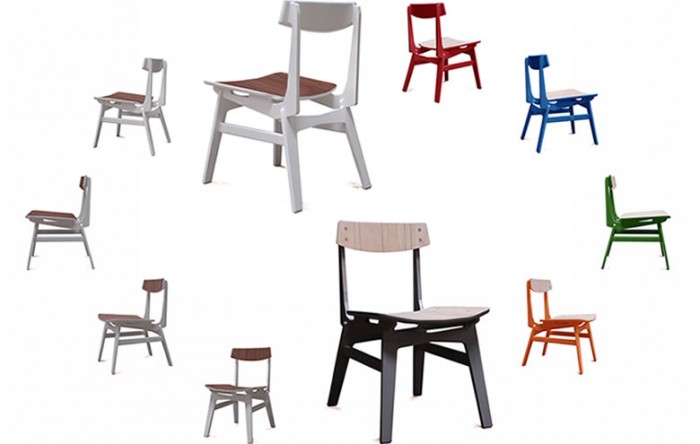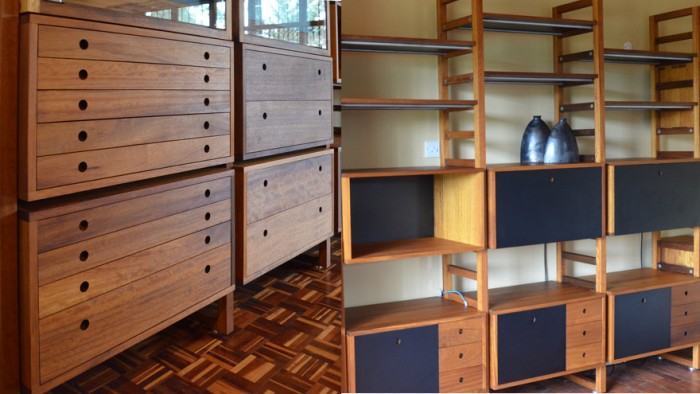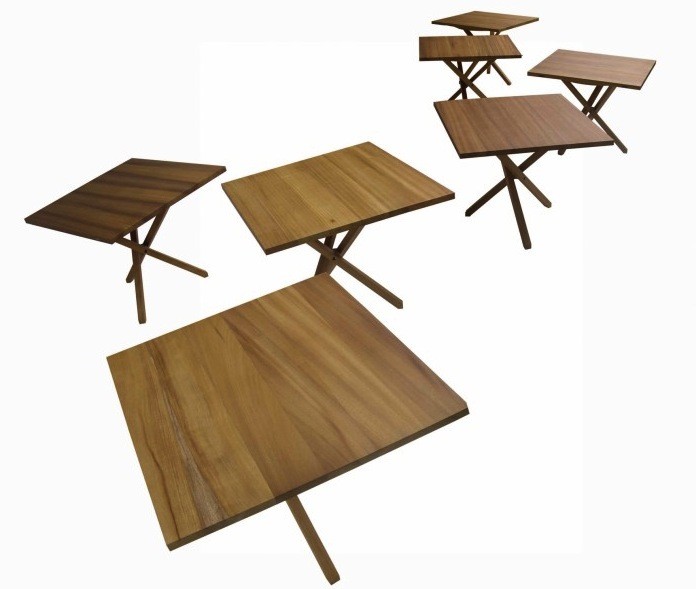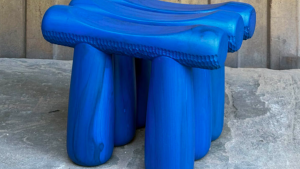The work of Studio Propolis is an object lesson in how design thrives on beautiful constraints. Owners Naeem Biviji, born in Kenya, and Bethan Rayner, from the UK, are architects with a singular dedication to crafting almost every element of their work themselves, by hand.
The elegance of this Nairobi-based husband and wife’s work – whether architecture, joinery, furniture or product design – is born of their earnest approach to using resources wisely in an under-resourced part of the world.
Sensitivity to the environment is part of it, but you get the feeling that they can’t resist a good challenge, regardless of the budget or materials available. While they praise their clients’ appreciation of good design, they go beyond the brief in all of their work. A chair might be created for a one-off commission but its design will be resolved enough to roll right onto the production line.
Here, they talk us through five examples of their work that respond to narrow financial and material parameters with a deftness of design thinking.

